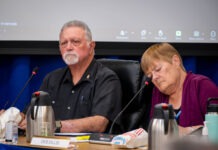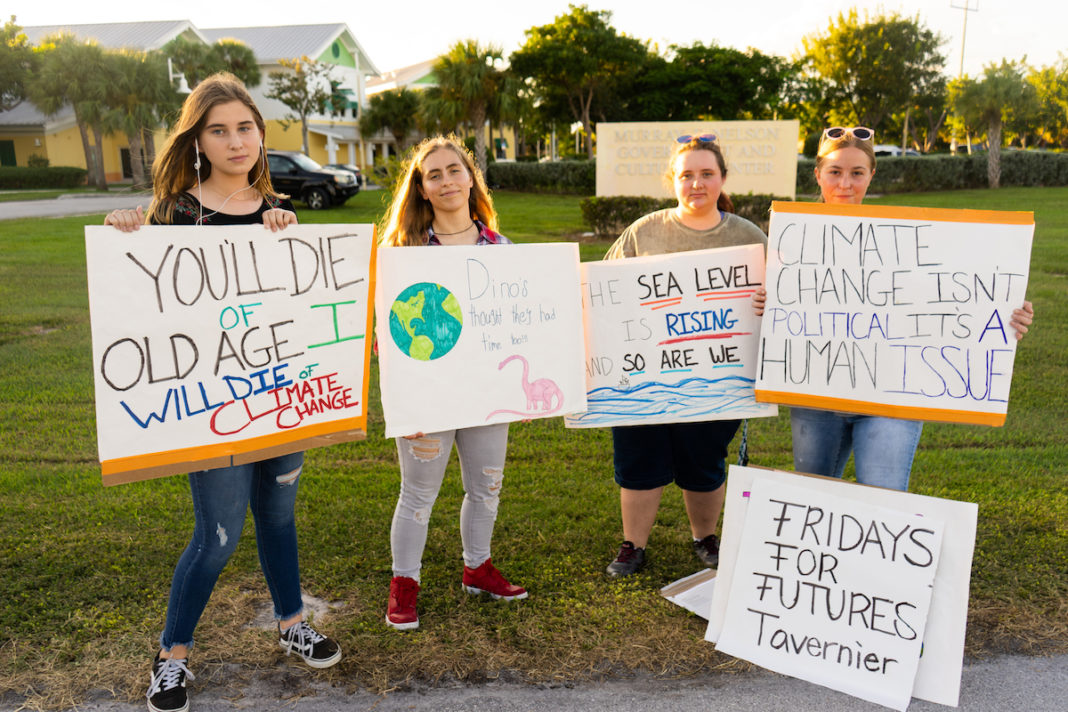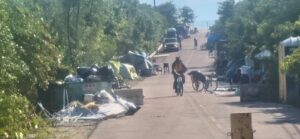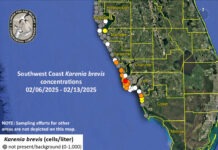From the “Big Apple” to Big Pine, young people are fed up. They’re angry about what the climate crisis means for their futures, they’re organized and they’re doing something about it.
In 2019, the “Fridays for Future” movement mobilized kids and adults around the world. They demand political action to stall climate change and global warming.
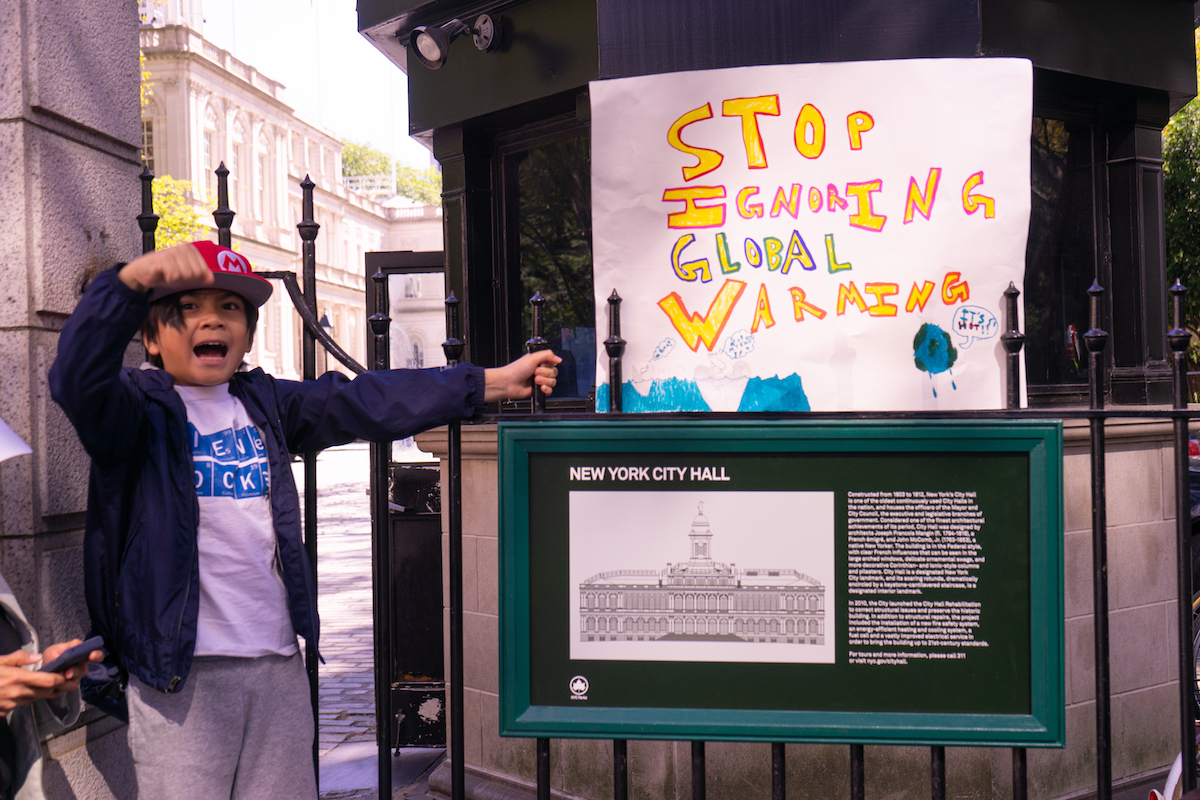
It all started with 16-year-old Swedish schoolgirl Greta Thunberg’s solo protest in front of the Swedish parliament in August 2018. Sitting alone on the pavement on Fridays, she held up a sign that read “Skolstrejk för klimatet,” or “School strike for the climate.”
From there, Fridays for Future, or “FFF” as it’s known, has grown local chapters in cities as far away as New York City and London, and as close as Tavernier. Ciera Cox, the leader of “FFF Tavernier,” began her weekly demonstrations in front of Murray Nelson on Sept. 20 as part of the “Global Climate Strike.” On that Friday, cities all around the world held strikes to amplify Greta’s message — with an estimated 4 million participating.
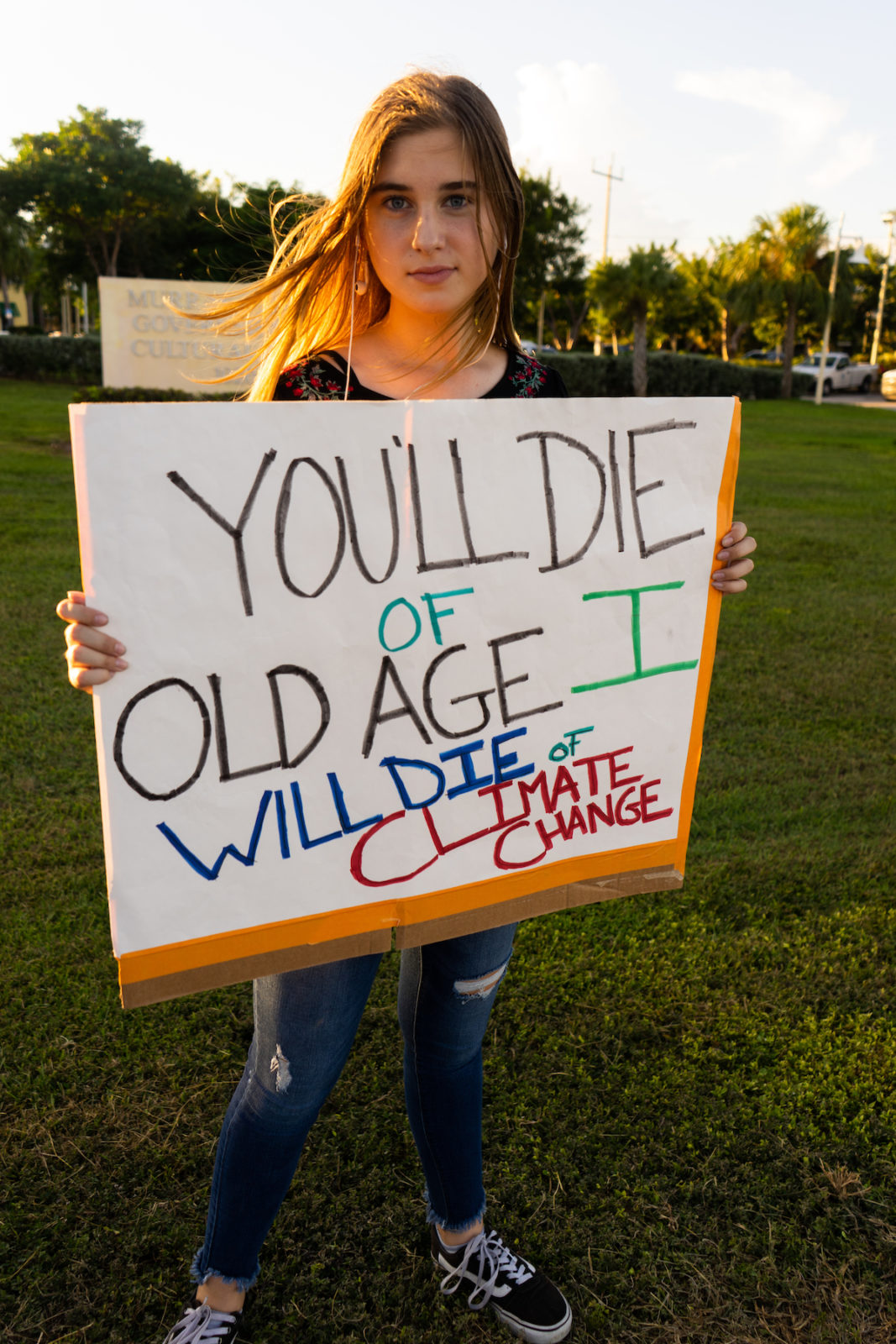
Since then, every Friday, the kids in New York protest in front of New York City Hall just like FFF Tavernier members stand in front of Murray Nelson. Both groups are armed with colorful signs and unwavering conviction. In solidarity, students from around the world take time off from class to campaign in front of their government buildings. The governments and countries are different, but the message is the same: listen to the kids and take action before it’s too late.
Growing up in the Keys, Cox, 24, founded FFF Tavernier because she was scared for her future here. “I should be working on building a business and possibly starting a family, but if you see something wrong and you know it’s wrong, you can’t just sit idly by,” she said. “I won’t roll over that easily when my home is going through this much.”
Cox refers to the rising sea levels and intensifying storms. “Irma was definitely an eye-opener. These aren’t the storms I grew up with, and in the last five years, it feels like we’ve broken a record every single year,” she says.
When asked what she’d like people to do, Cox encourages others to become aware and to do their part every day. From recycling to carpooling, eating less meat to voting for environmental policies, she believes that if everyone did something everywhere on the globe, those small actions would become a tidal wave across the world. “This is a pivotal time in our community. The choices we make now determine our future,” she said. “I hope our leaders step up.”
Cox protests every Friday evening after her workday. Sometimes she has a small group. Sometimes she stands alone. Regardless, she’s always there, asking people in the Keys to get involved. Cox argues, “We’re already at ground zero, but if we can innovate through this critical time, we have the opportunity to transform our islands into pioneering ships of green island living. We don’t have to give up, we just need people to start listening and to join the cause.”
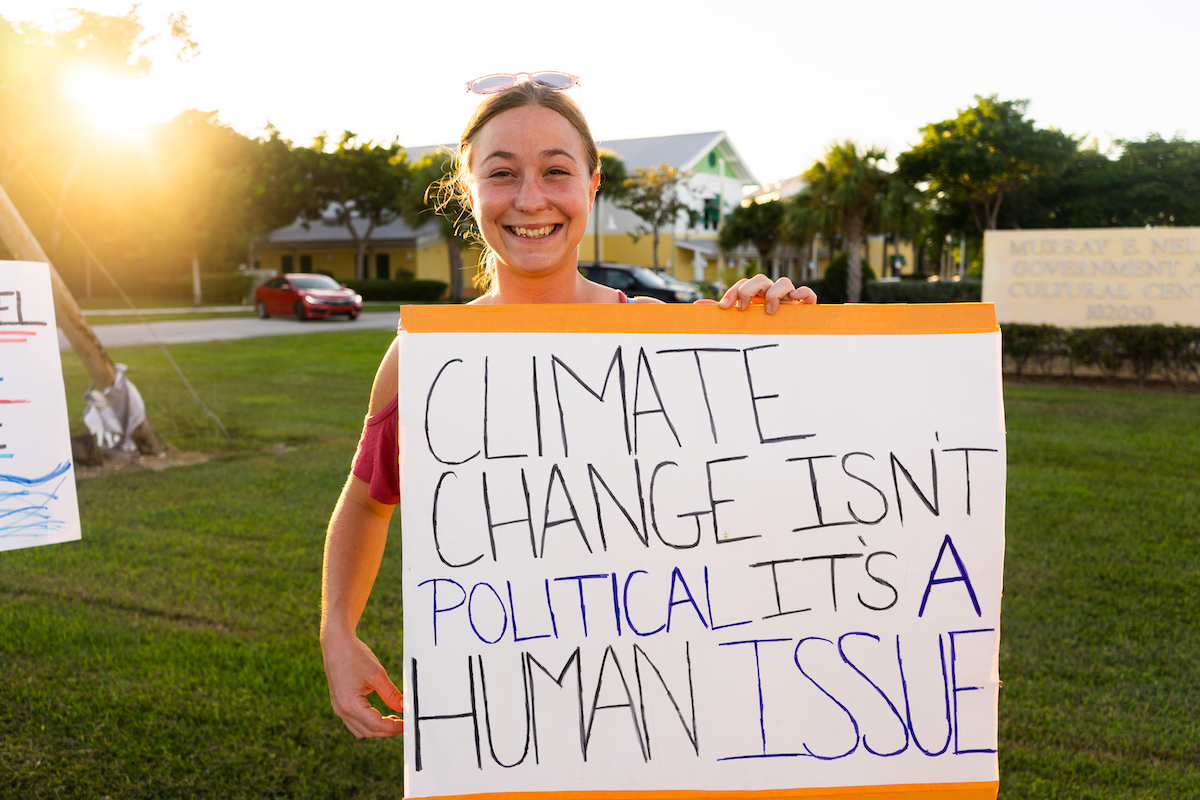
Tim Christohpersen, the head of the Freshwater, Land and Climate Branch at the United Nations Environment Programme, agreed. During Climate Week in New York City, he told the Weekly, “It’s hugely helpful at this point in history if governments take more action, and they take more action if they hear from everybody – young people and older generations alike – that they need to act. So please, encourage your governments to do more.”
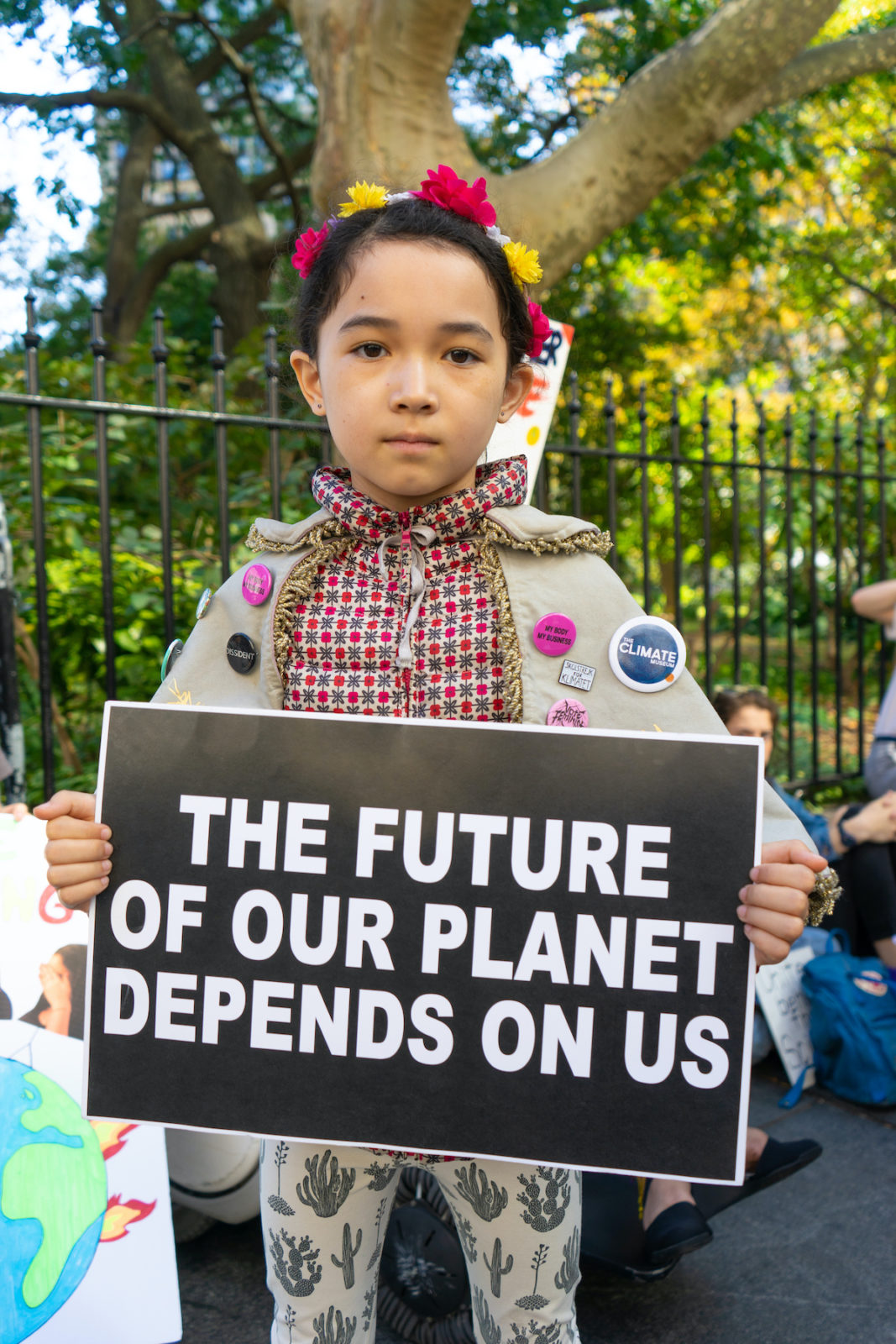
Similarly, 14-year-old New York climate activist Alexandria Villaseñor sent a note of encouragement. She said, “My message to all the students in the Florida Keys is to continue making your voices heard. You can make your voice heard with climate activism even if you are not taking direct action. Make presentations, lobby your leaders in your community and your adults. Our generation will be affected the most. I’m unable to vote yet, so when I strike, it’s one of the best ways for me to make my voice heard in the future I’m being handed.”
Always advocating for others to get involved, Cox said, “People see all of us around the globe just as protestors, but we’re not. We’re just kids fighting for our lives, for a sustainable future in our home.











